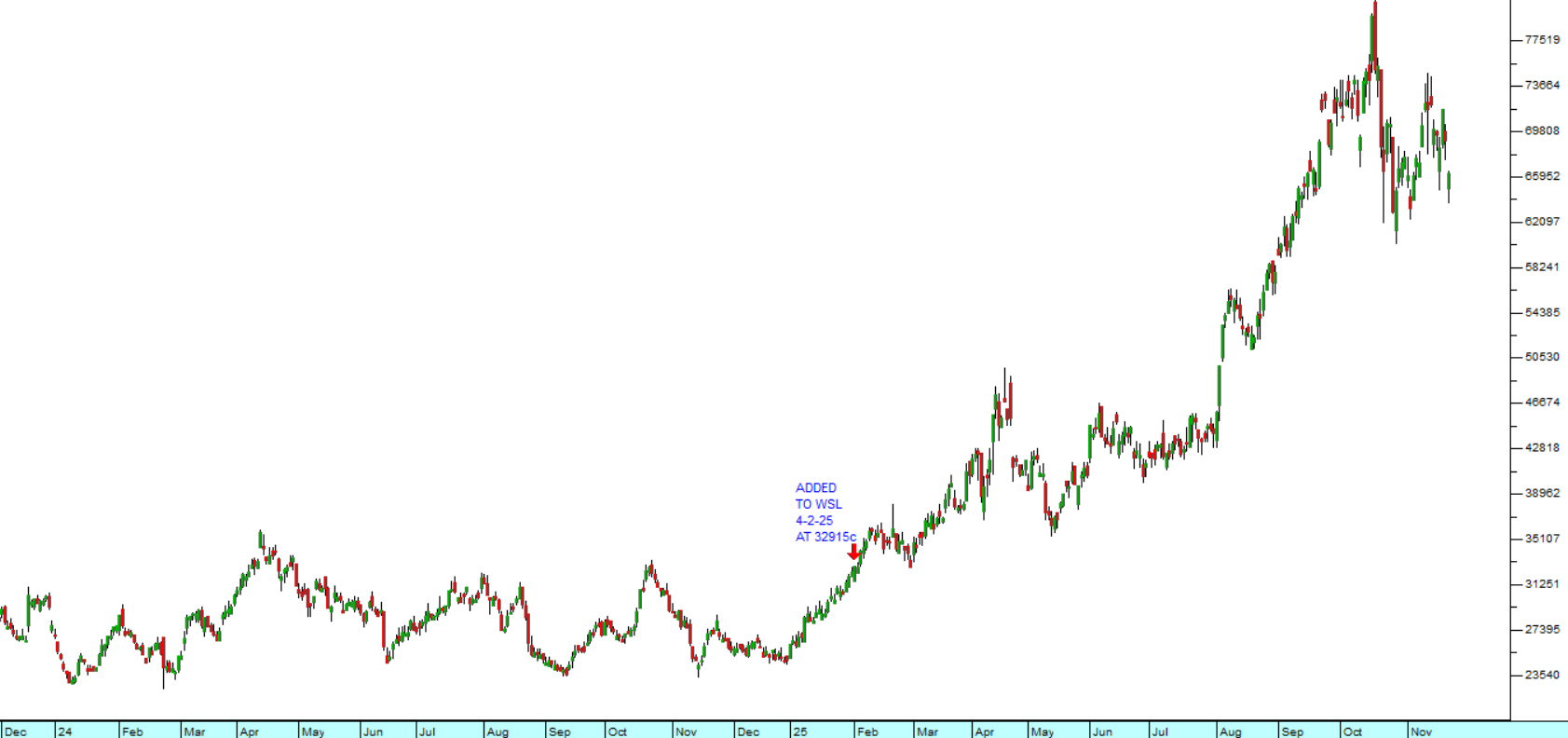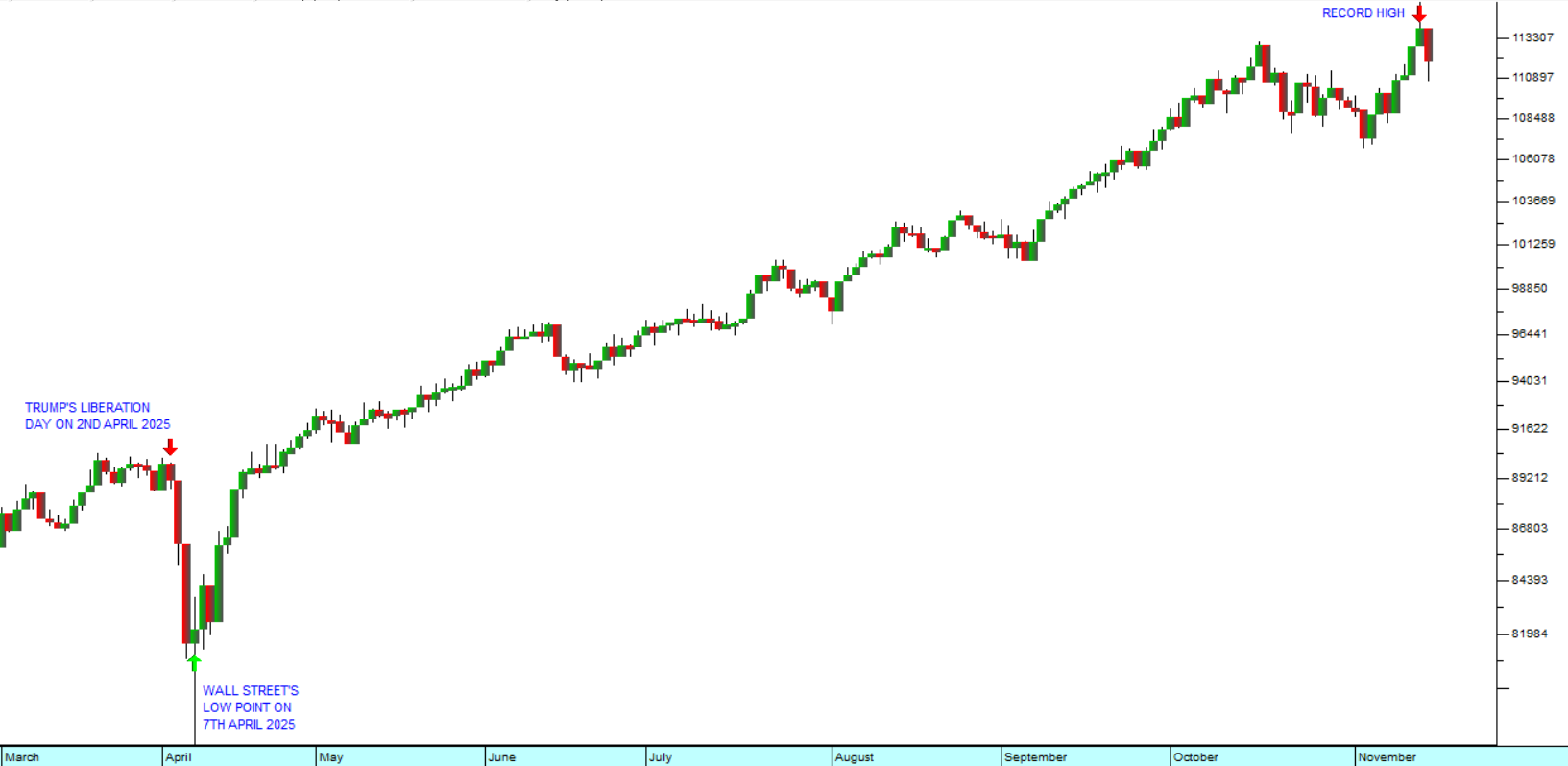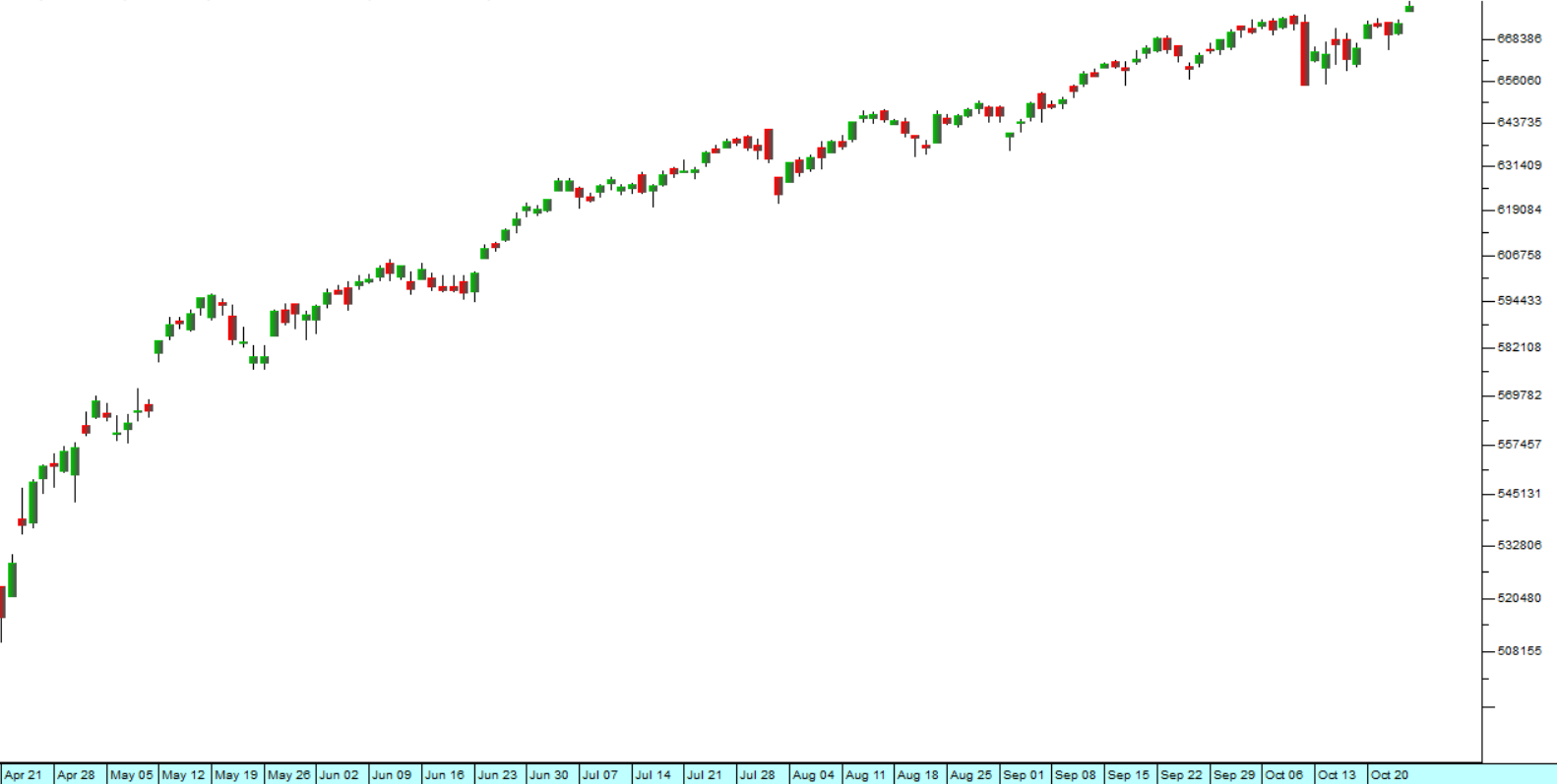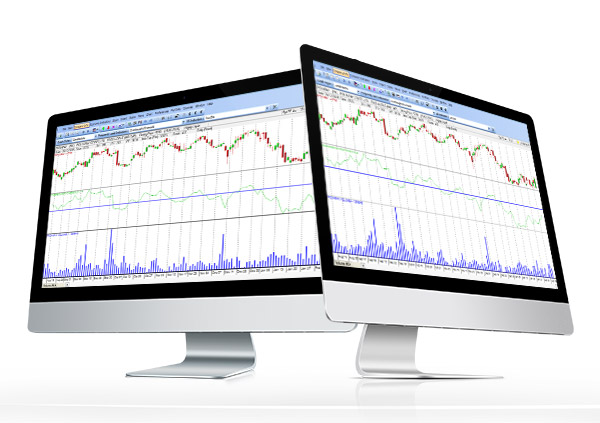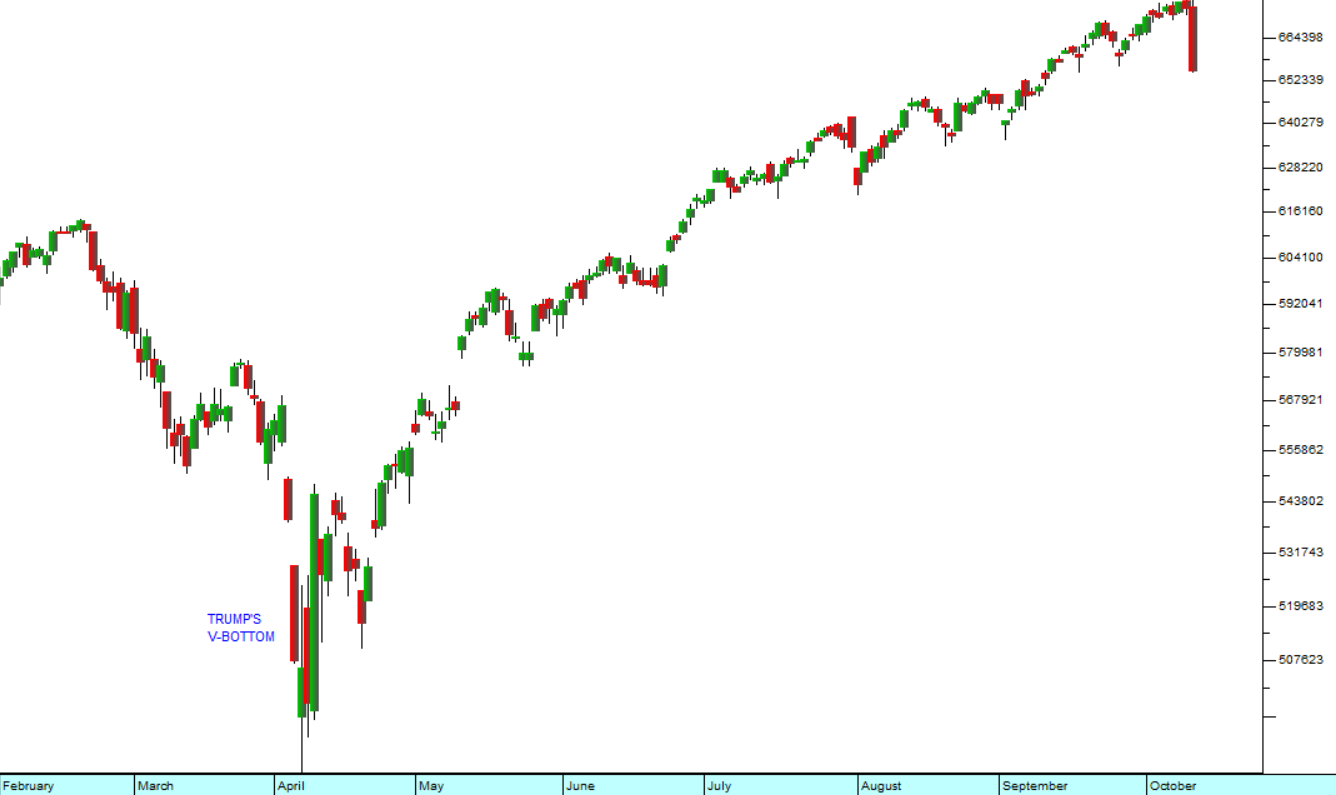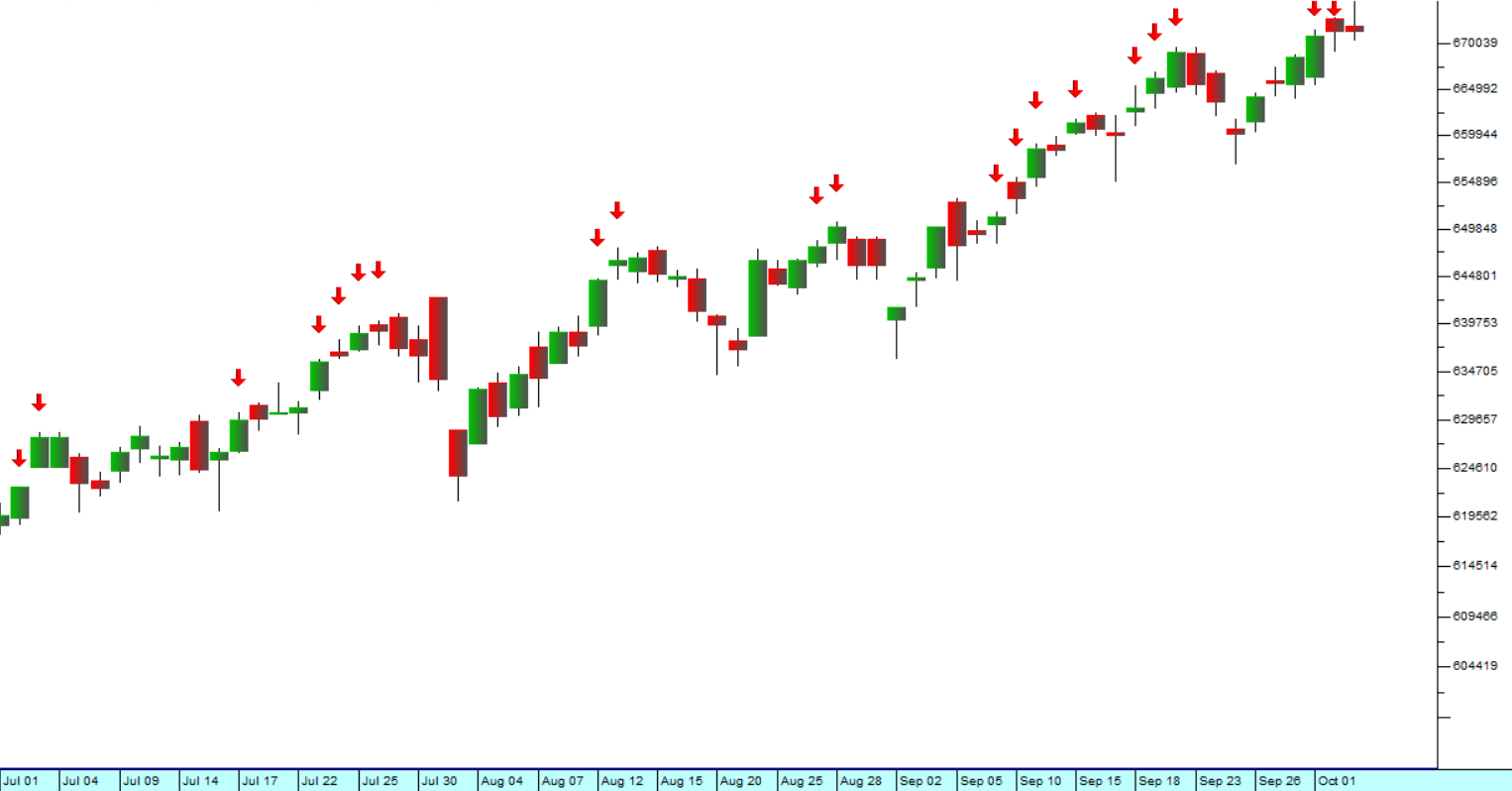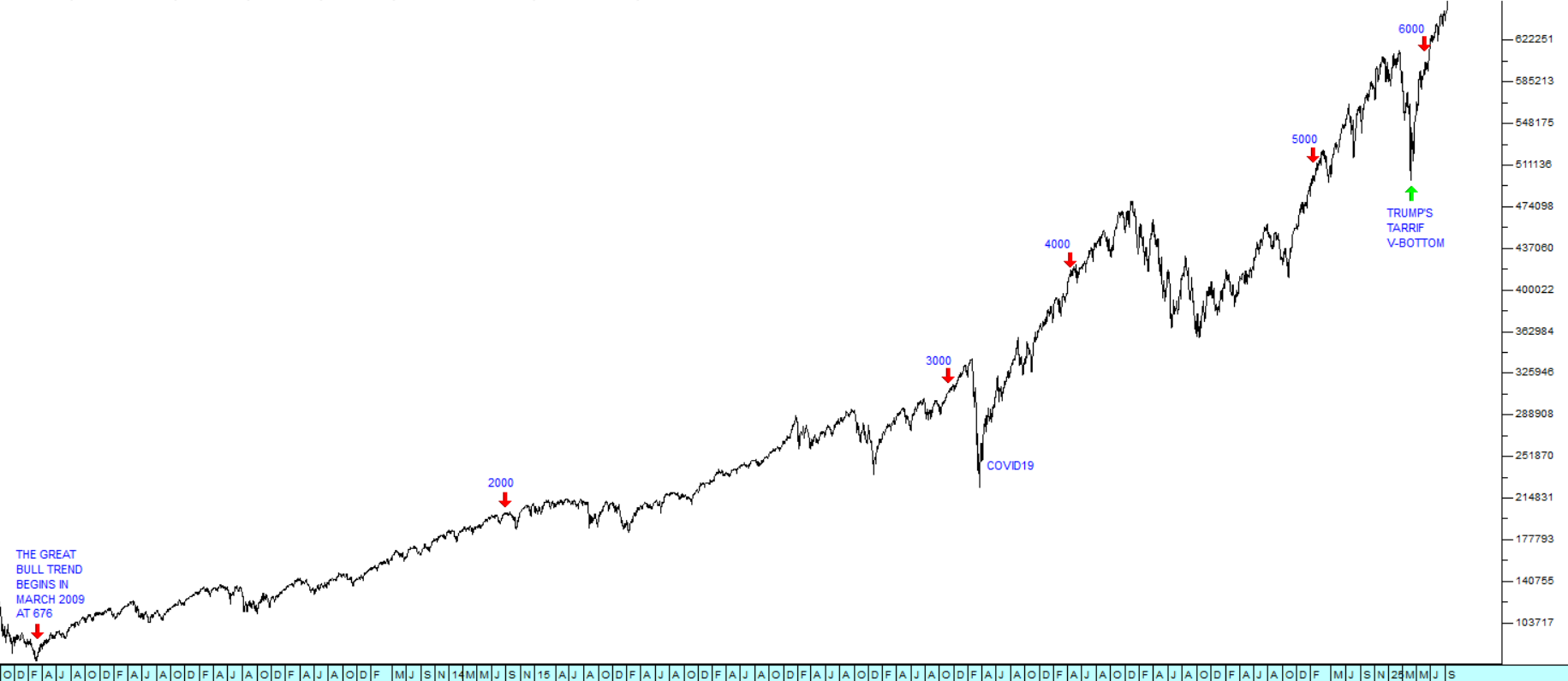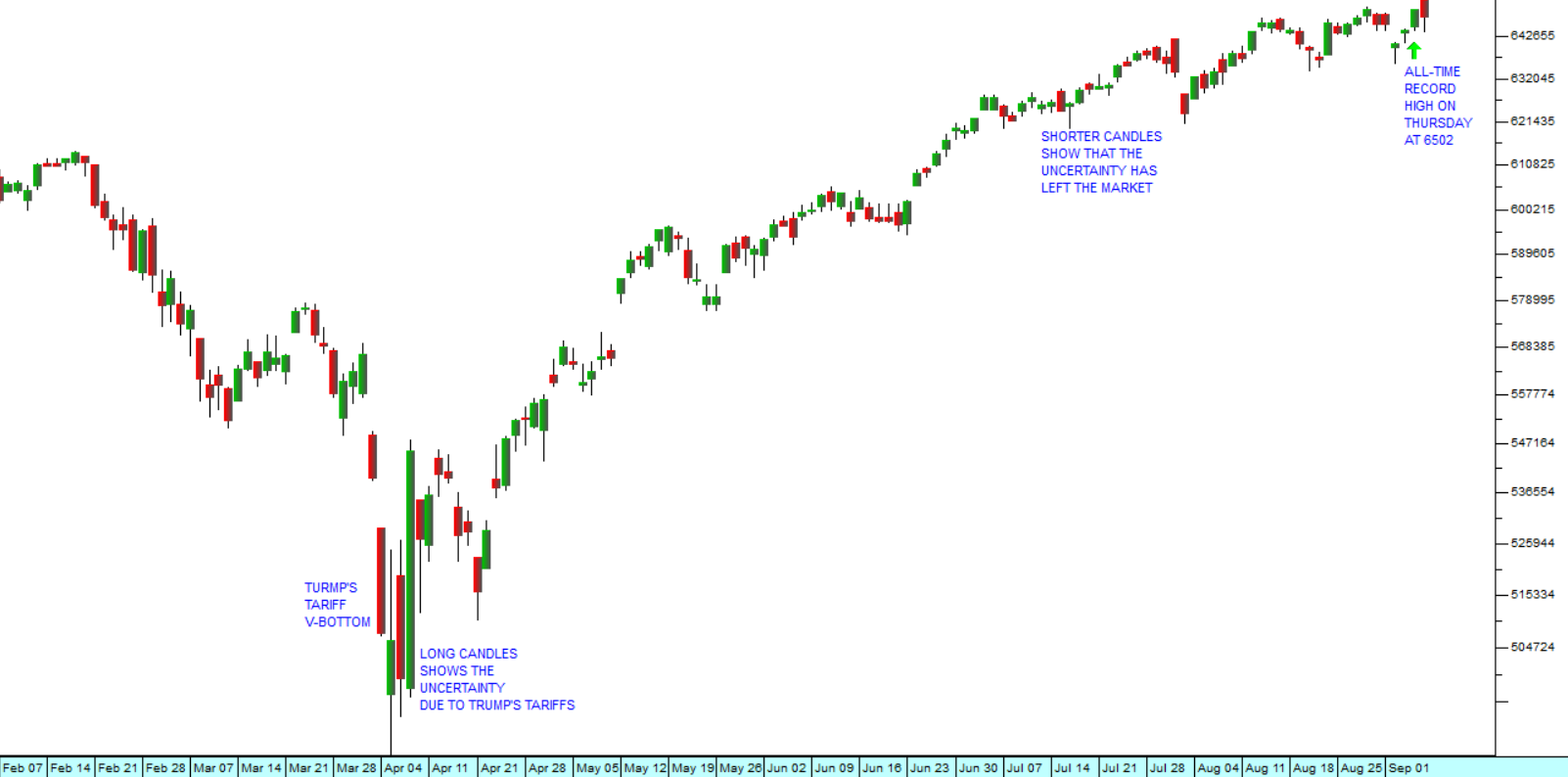Is Old Mutual Cheap?
24 January 2020 By PDSNETOld Mutual (OMU), the remaining piece of a much larger company which split apart recently to release shareholder value, must be seen as a high-quality blue-chip share. In its most recent results for the six months to 30th June 2019, the company reported adjusted headline earnings per share (HEPS) up 10%. It is a well-diversified, well established company in the financial services industry with a high-quality management team and a solid balance sheet.
But its shares have been taking a hammering – mostly because of the messy business of getting rid of its previous CEO, Peter Moyo. The Appeal court has finally ruled that OMU’s decision to terminate Moyo 8 months ago was legal – and this clears the way for OMU to appoint a new CEO. The interim CEO, Iain Williamson has been doing a great job and clearly has confidence in the future of the company since he bought R2m worth of OMU shares on 19th January 2020.
It is very unusual to see a blue-chip share like OMU trading on a dividend yield (DY) of above 5%. In addition, OMU is currently for sale at 1812c a share – and that puts it on a earnings multiple of 5,73. Other large listed financial services companies like Liberty or Discovery are trading at multiple of between 10 and 15 – and they are seen as being relatively cheap in the current environment.
Clearly, the protracted and unsavoury battle with Moyo has brought the share down to levels at which it now appears to be a bargain. Consider the chart:

Old Mutual (OMU) July 2019 to January 2020 - Chart by ShareFriend Pro
Here you can see that OMU is clearly out of favour with institutional investors at the moment, but we believe that, sooner or later, it will come back into favour and the share price will rise accordingly.DISCLAIMER
All information and data contained within the PDSnet Articles is for informational purposes only. PDSnet makes no representations as to the accuracy, completeness, suitability, or validity, of any information, and shall not be liable for any errors, omissions, or any losses, injuries, or damages arising from its display or use. Information in the PDSnet Articles are based on the author’s opinion and experience and should not be considered professional financial investment advice. The ideas and strategies should never be used without first assessing your own personal and financial situation, or without consulting a financial professional. Thoughts and opinions will also change from time to time as more information is accumulated. PDSnet reserves the right to delete any comment or opinion for any reason.
Share this article:
